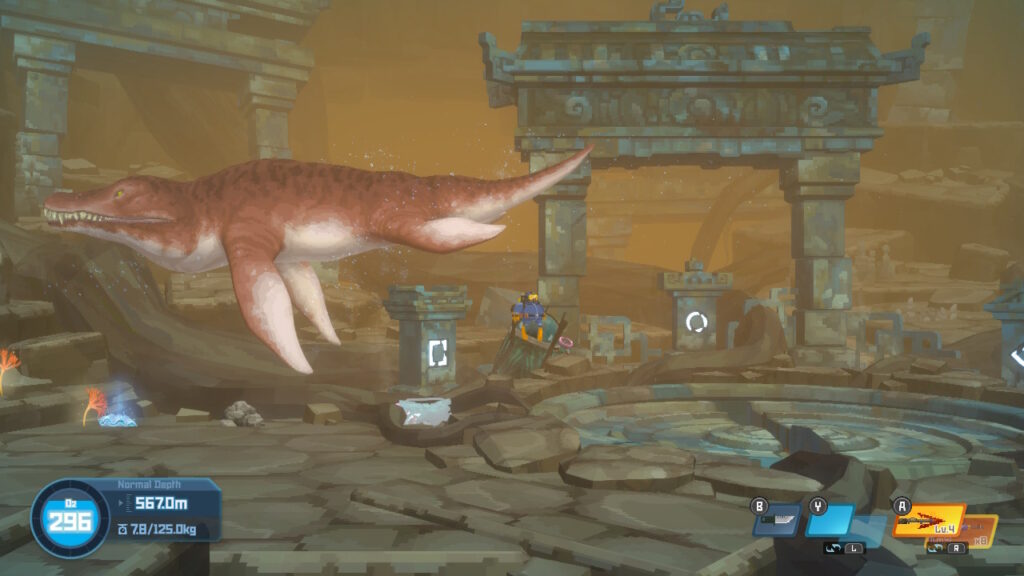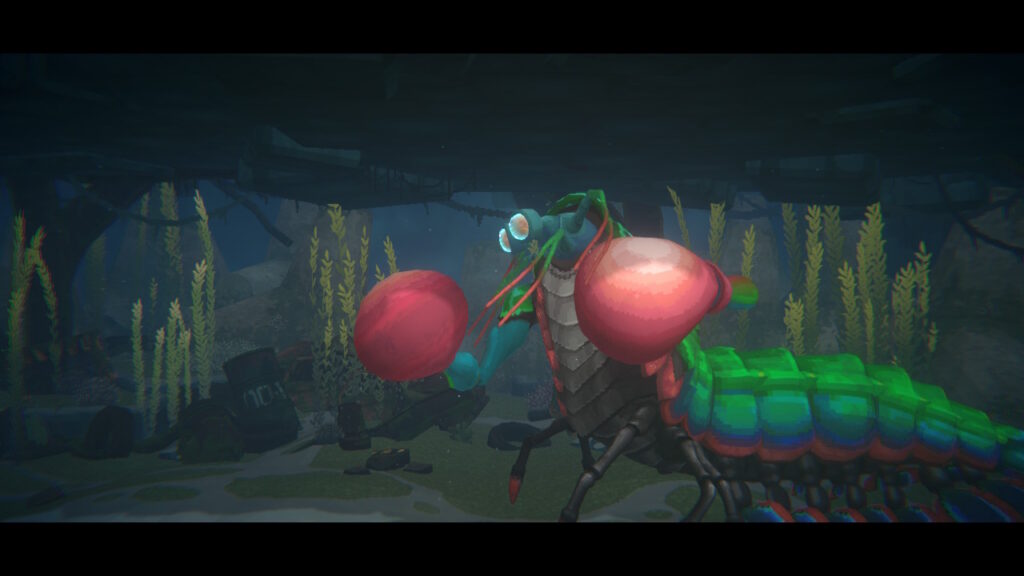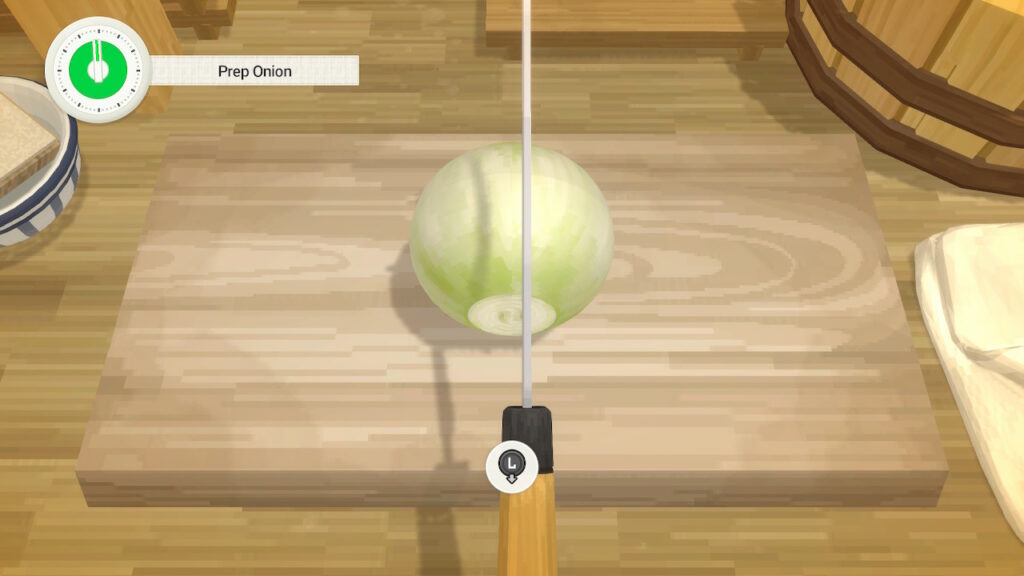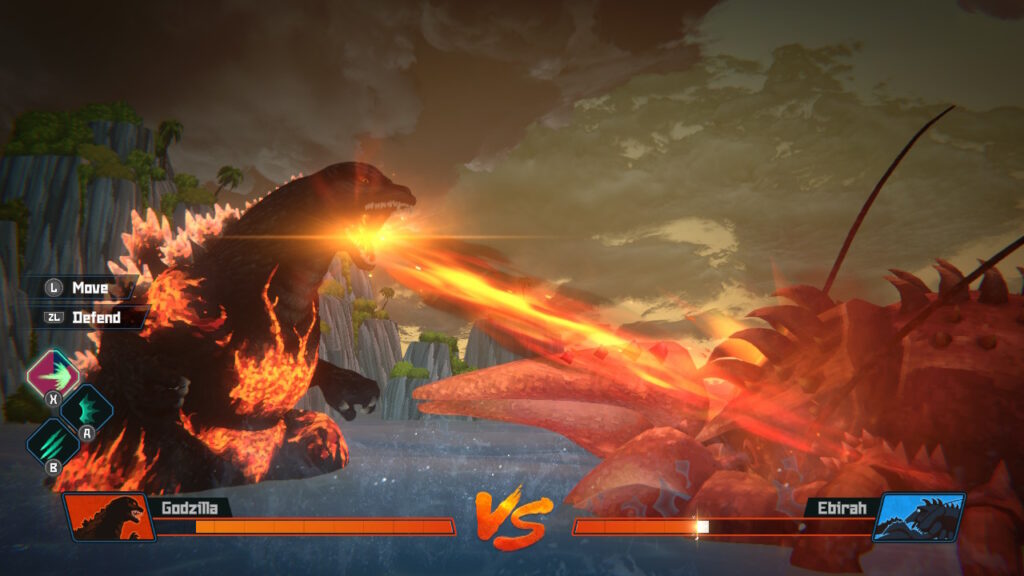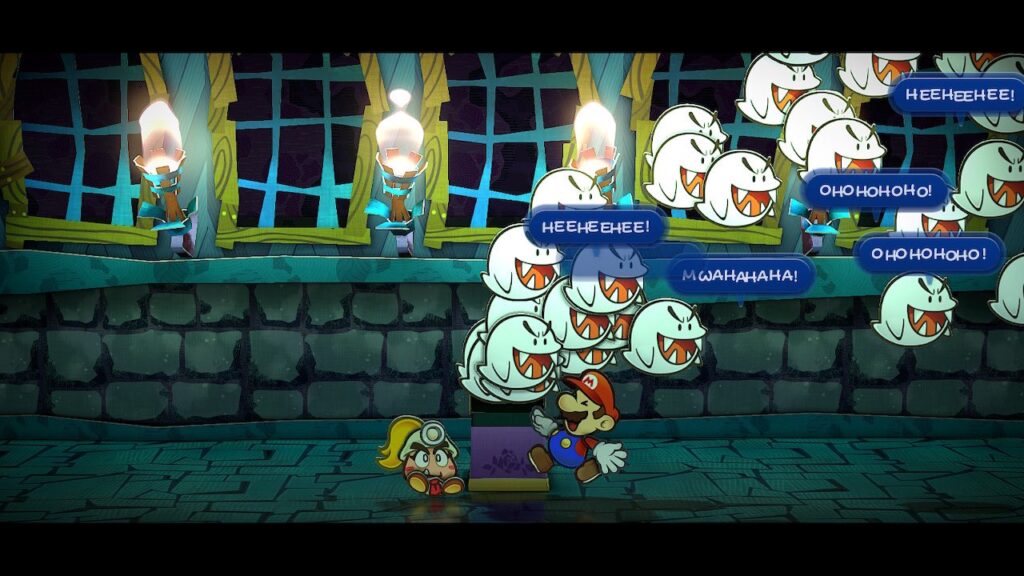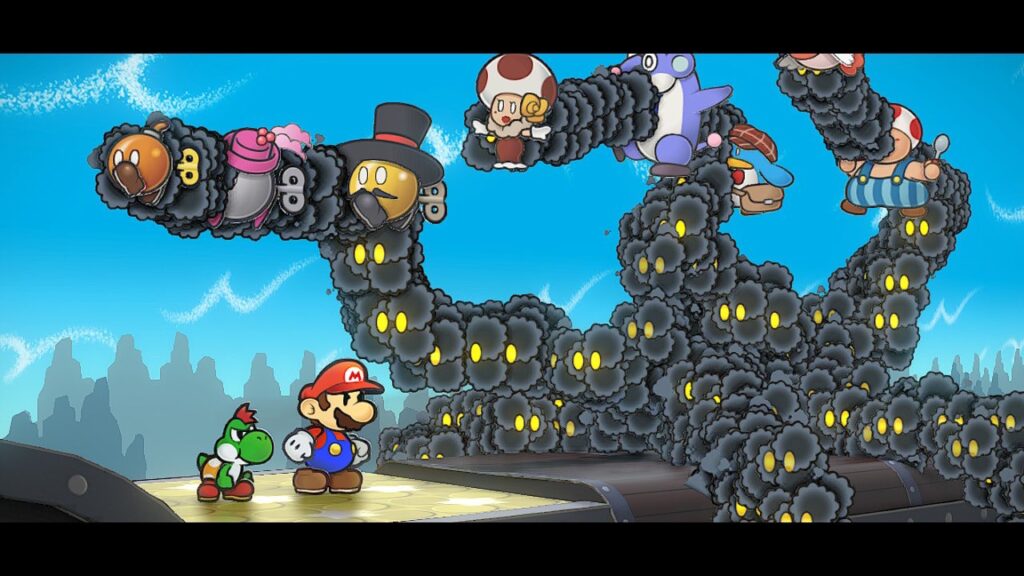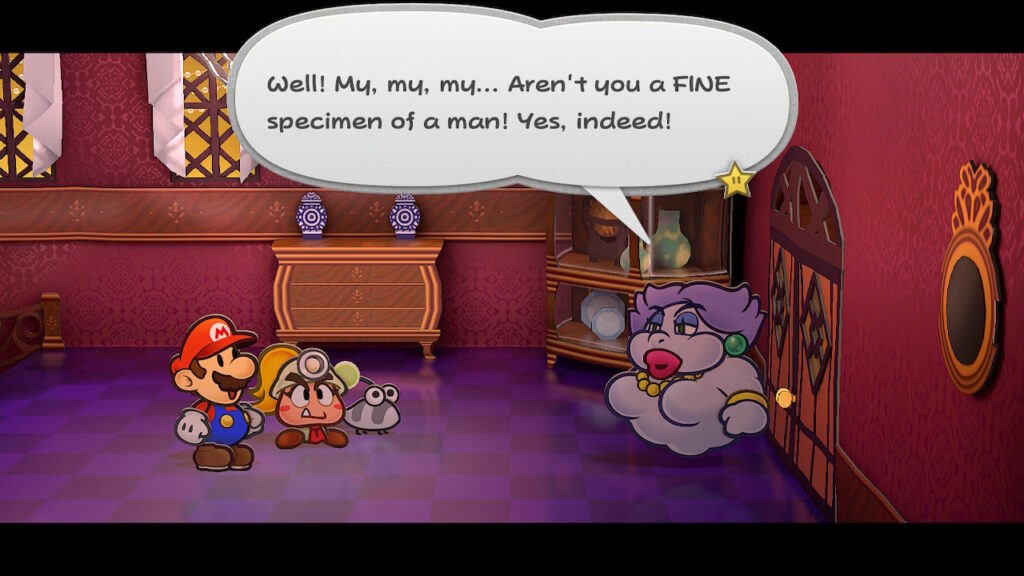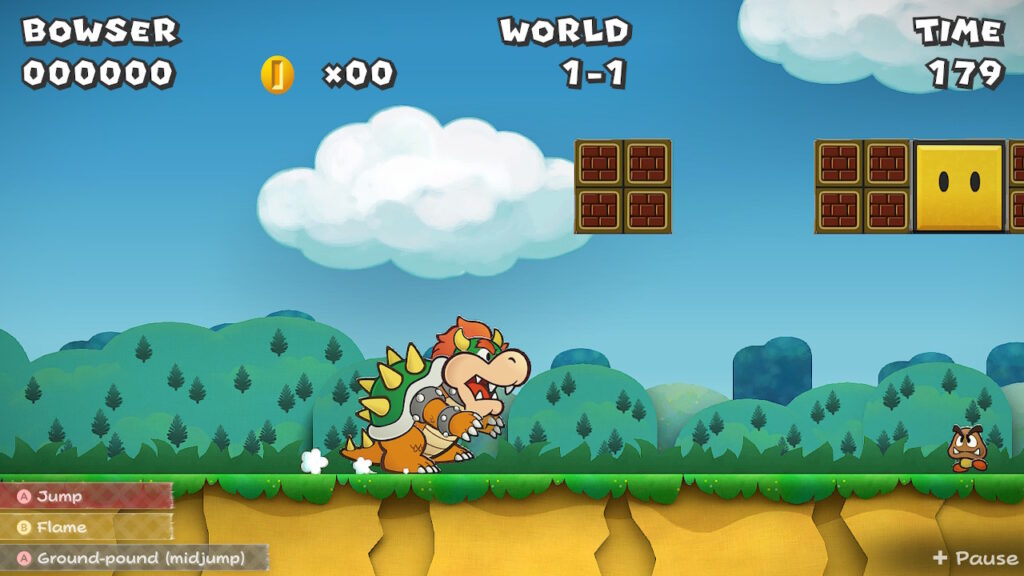More Info from The Marble Collective
- Genre: Platformer
- Platform: Switch
- Also Available On: Windows, macOS, PS4, PS5, Xbox One, Xbox Series
Sometimes you just need a game that you can play in quick sessions. For me, it’s when I’m sitting around waiting on Visual Studio or Unreal Editor to load for a couple minutes. This was that latest one to really hit that perfect spot for me. It combines some solid platforming, just enough chaos caused by physics, and levels that generally lasted under a minute to become something I could pick up and play whenever I had a minute to kill.
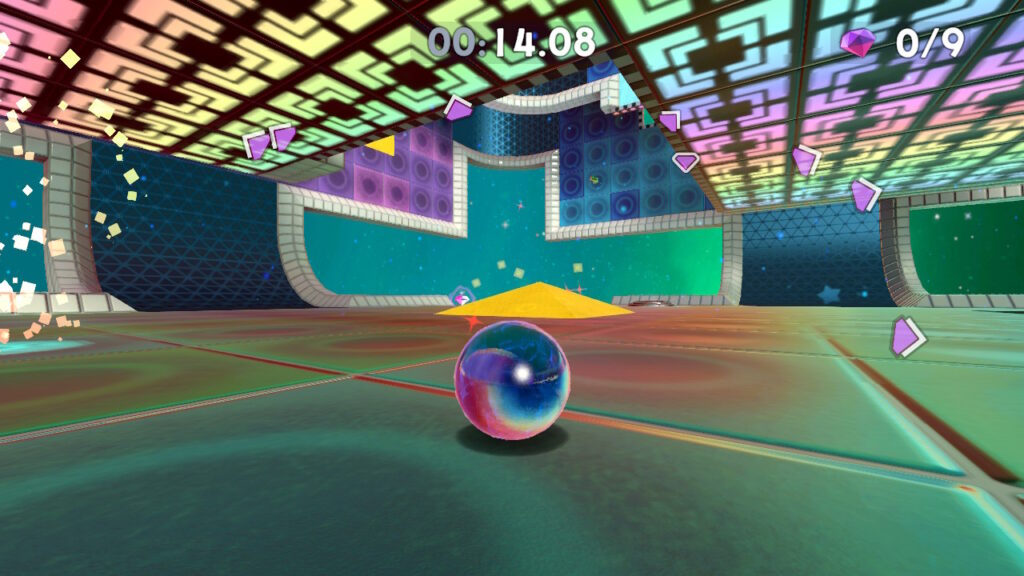
The way I played this game really benefited from being on the Switch. Playing this didn’t require me turning on the TV or getting away from my desk. It simply required me to reach over, grab the Switch, and immediately be in the game. The way the game levels are setup really played into that. It has a mix of speed and puzzle levels that are pretty evenly spaced throughout the game’s 100 or so levels. What it ended up meaning for me is that I would find a place to take a few minutes break waiting on something on my PC, get a run or two in with a couple chances to improve my time, then go back to what I was doing. It’s the perfect setup for something that I can do that isn’t just screwing around on Reddit during those little wait periods.
Within individual levels, the game is also setup to just let you rapidly push through improvements. The game levels load extremely quickly so I could retry to improve my times quickly. The select button is linked to a quick reset of the level so if I screwed up I could get back to the start even quicker. If I wanted to move on to the next level, there’s a button in the end level screen that immediately moves you there. Intentionally or not, the entire setup of the game was one that really pushed into this 5 minutes or less session time that I had for it.
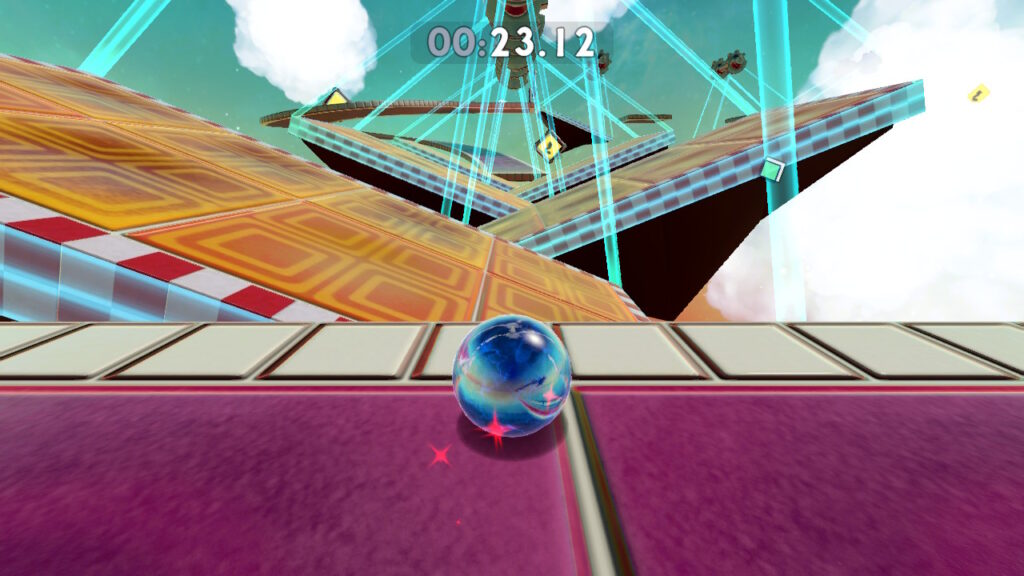
Granted, it helps that the game itself is still fun so I want to play it repeatedly. There’s something about physics-based ball platformers that I really always just enjoyed, whether it’s the Monkey Ball series or older games like Marble Madness. Some of what keeps me engaged may very well be the inconsistency of the physics itself, or at least manipulating the physics to find some amount of consistency. This game really excels here due to a handful of small mechanics.
The first one that really stands out is that jumping forward while moving allows for speed gains. This turns every interaction into a sort of game around how many mini jumps I can fit in to maximize speed before it becomes hazardous. That same mechanic then combines with jumps in other direction and momentum gained via the ball’s rotation to allow me to manipulate direction in interesting ways while keeping speed up. However, the ball rotation is also an interesting mechanic at slow speed. As an example, if the ball is rotating to the left when it lands, it will inherently jump to the left because of friction. In slow speed platforming heavy segments this allows me to travel a bit faster than safely jumping forward, as I can change my rotation in-air to bounce me in a new direction when I land without necessarily losing all of my forward speed. The final mechanic is really just the core rolling itself. It feels good. High speed feels appropriately out of control, but pushing in a direction different than your movement shows obvious momentum changes. High speed racing-style courses in particular show a ton here where you’ll be really leaning heavily into the corners to drift in a new direction without ever really losing that sense of speed.
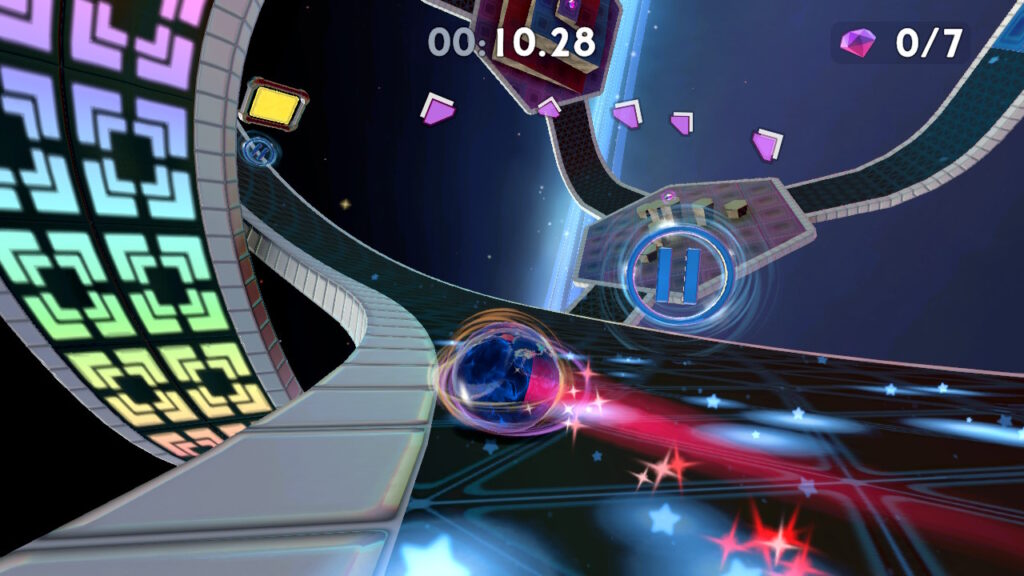
If there was one real gripe I had though, it’s that I kept wanting a quick key to reset to my last checkpoint rather than to the start of the course. This may be a habit from playing Trackmania, but I do like the distinction between reset to checkpoint and reset to start of level when I’m working on improving times. It gives me a lot more rapid iterations in going through sections to figure out best lines compared to falling off a level and waiting to reset (and in this game’s case, waiting a variable amount of time – the reset volumes are extremely inconsistent). Given runs with resets are inherently not going to be efficient, I don’t see a leaderboard concern for it being an option either. It probably didn’t help that at times I would just habitually hit the reset button expecting it to be a reset to checkpoint but that part is at least on me.
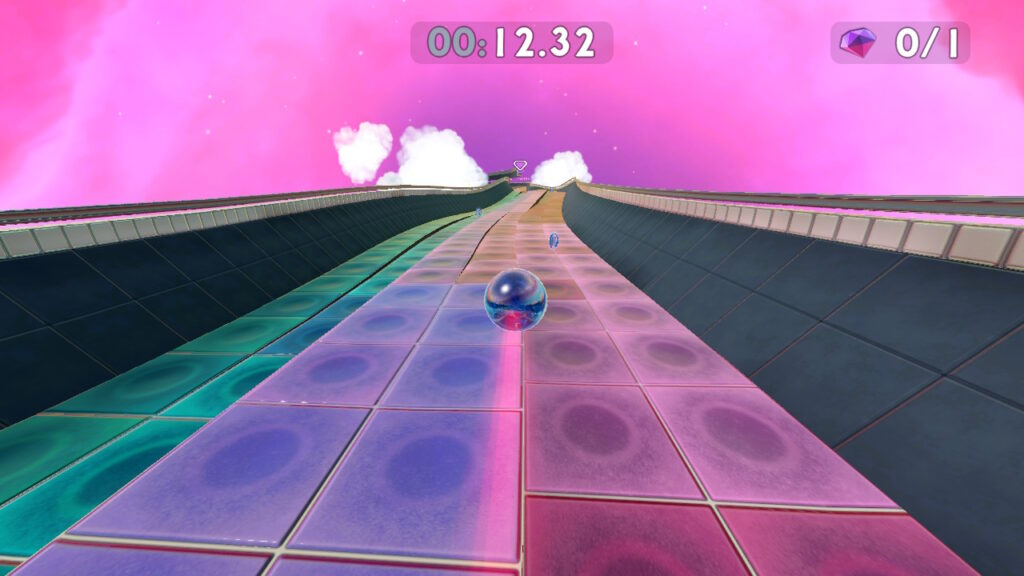
All that said, this game really hit a perfect spot for me. It was fast to get in and do a couple runs, fun to play during that, and fun to replay levels trying to improve my time. It has super solid physics, which is incredibly important for this type of game. It’s got a good mix of puzzle and speed levels, which is good for keeping the game from feeling repetitive. It just kind of checks all the boxes for me.


